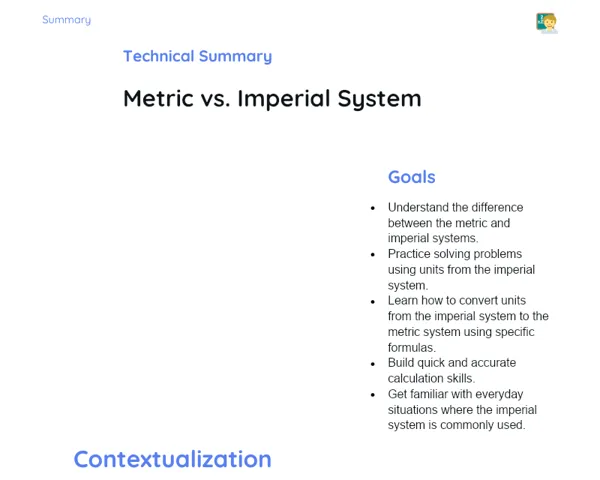Goals
1. Understand and apply the operations of addition, subtraction, multiplication, and division of rational numbers.
2. Solve everyday practical problems, such as calculating the total cost while shopping or figuring out the bill when refueling.
3. Enhance logical-mathematical reasoning.
4. Foster the ability to interpret mathematical problems.
Contextualization
In our daily lives, we frequently come across scenarios that require the use of mathematical operations with rational numbers. Whether it's figuring out the change after a purchase, splitting a bill at a restaurant with friends, or adjusting the quantities in a recipe, the ability to work with fractions, decimals, and percentages is crucial. For instance, a civil engineer might need to calculate material ratios for constructing a bridge, whereas a financial analyst uses these operations to evaluate a company’s profit and loss. Mastering these operations not only simplifies daily tasks but also equips students for future academic and professional endeavors.
Subject Relevance
To Remember!
Addition of Rational Numbers
To add rational numbers, one must deal with either fractions or decimals. When adding fractions, it’s important to find a common denominator. If the denominators differ, a common denominator should be identified before proceeding with the addition. For decimals, aligning the decimal points is essential before adding.
-
Find common denominators for fractions.
-
Align decimal points for decimal numbers.
-
The addition of fractions and decimals comes into play in various daily scenarios, such as calculating the total amount while shopping.
Subtraction of Rational Numbers
Subtracting rational numbers follows a method similar to addition. For fractions, it's necessary for the denominators to be equal. If they are not, they must be adjusted prior to the subtraction. For decimals, aligning the decimal points is vital.
-
Adjust denominators for fractions.
-
Align decimal points for decimal numbers.
-
Subtraction is essential when calculating change and managing budgets.
Multiplication of Rational Numbers
Multiplying rational numbers is relatively simple, as it doesn't require common denominators. For fractions, multiply the numerators together and the denominators together. For decimals, just multiply the numbers and adjust for the decimal places accordingly.
-
Direct multiplication of numerators and denominators for fractions.
-
Direct multiplication for decimals, ensuring correct decimal placement in the final answer.
-
Multiplication of fractions and decimals is useful when adjusting cooking recipes or calculating proportions.
Division of Rational Numbers
To divide rational numbers, specifically for fractions, you invert the divisor and then multiply by the dividend. When dealing with decimals, one can convert them to fractions or perform direct division, making sure to adjust decimal points when necessary.
-
Invert and multiply to divide fractions.
-
Direct division for decimals while adjusting the decimal places.
-
Division plays a key role in tasks like splitting bills and distributing resources.
Practical Applications
-
Calculate the total expenditure during market shopping by adding item prices expressed in fractions or decimals.
-
Adjust a recipe by multiplying or dividing ingredient quantities in fractions.
-
Divide a restaurant bill among friends using decimal operations.
Key Terms
-
Rational Numbers: Numbers that can be represented as the ratio of two integers.
-
Fractions: Representations of rational numbers expressed as the division of two integers, containing a numerator and denominator.
-
Decimals: Representations of rational numbers in decimal form, utilizing a decimal point to separate the whole number from the fractional part.
Questions for Reflections
-
How can understanding operations with rational numbers assist in managing personal finances?
-
In what ways can skills in addition, subtraction, multiplication, and division of rational numbers be valuable in your future profession?
-
What difficulties did you face while working with operations on rational numbers, and how did you navigate them?
Family Budget Challenge
Put your rational number skills to the test by managing a fictional family budget.
Instructions
-
You will receive a list of fictional monthly expenses, including utility bills, groceries, rent, and more, represented in fractions and decimals.
-
Sum all the expenses to determine the total monthly cost.
-
Subtract the total expenses from the fictional monthly income to see if there's a positive or negative balance.
-
If needed, adjust the expenses (by multiplying or dividing the amounts) to achieve a balanced budget.
-
Document all calculations and adjustments made.



